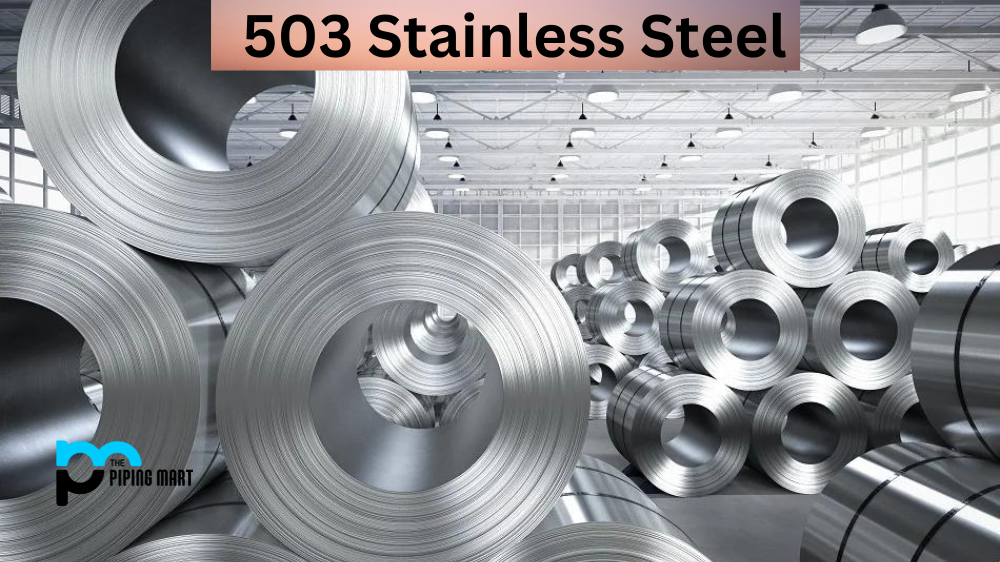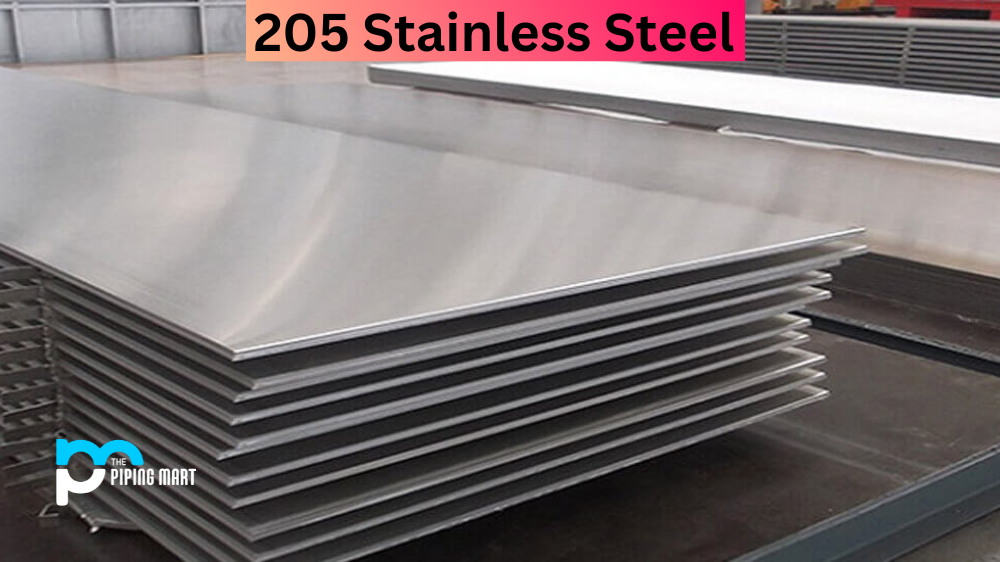If you’re in aerospace engineering, chances are you’ve heard of AMS 4190. This specification covers an aluminium alloy commonly used in aircraft structures due to its ability to withstand high stress and fatigue. In this blog post, we’ll delve into the details of AMS 4190, including its composition, physical and mechanical properties, uses, hardness, and heat treatment. By the end of this post, you’ll better understand the importance of this material in the aerospace industry.
What is AMS 4190?
AMS 4190 is a specification developed by SAE International that outlines the criteria for the qualification and certification of aviation maintenance chemicals. Specifically, this standard addresses the testing requirements for corrosion prevention and control products used in the aerospace industry. To comply with AMS 4190, manufacturers must submit their products to rigorous testing to meet the required standards. This means that any aviation maintenance chemicals that meet the standards set by AMS 4190 have been thoroughly vetted and deemed safe and effective for use in the aerospace industry. As such, this specification is an important tool for ensuring the safety and reliability of aircraft maintenance.
AMS 4190 Composition
AMS 4190 is an aluminium alloy that is composed of several elements. The main component is aluminium, around 90% of the alloy. Other elements include copper, magnesium, manganese, and zinc. These elements work together to form a strong, durable alloy that can withstand high stress and fatigue.
AMS 4190 Physical Properties
AMS 4190 has a density of 2.78 g/cm³, which is relatively lightweight. It has a melting point of 585°C and a boiling point of 1195°C. The thermal conductivity of AMS 4190 is 134 W/(m-K), which means that heat can be transferred through the material relatively easily. This is important in the aerospace industry, where materials must withstand extreme temperatures.
AMS 4190 Mechanical Properties
AMS 4190 has excellent mechanical properties, commonly used in aircraft structures. It has a high strength-to-weight ratio, so it can withstand high stress without being too heavy. The yield strength of AMS 4190 is 42 ksi (kilopounds per square inch), and its ultimate tensile strength is 52 ksi. It also has a high fatigue strength, which means that it can withstand repeated loading and unloading without failing.
AMS 4190 Uses
AMS 4190 is used in various aerospace applications, including aircraft structures, engine mounts, and landing gear components. It also manufactures aerospace fasteners, such as bolts and screws. Its high strength and durability make it an ideal material for these applications, where safety and reliability are paramount.
AMS 4190 Hardness
The hardness of AMS 4190 can vary depending on the specific heat treatment used to create the alloy. In the T6 temper, commonly used in aerospace applications, the hardness of AMS 4190 is around 103 on the Brinell hardness scale. This is relatively high, meaning the material is strong and durable.
AMS 4190 Heat treatment
AMS 4190 can be heat-treated to improve its mechanical and physical properties. In the T6 temper, the alloy is heat-treated at 515°C for 4 hours, followed by quenching in water. It is then aged at 135°C for 6 hours, which improves its strength and hardness. Other heat treatments can achieve different mechanical and physical properties depending on the specific application.
Conclusion
In conclusion, AMS 4190 is an important material in the aerospace industry due to its strength, durability, and ability to withstand high stress and fatigue. Its composition, physical and mechanical properties, uses, hardness, and heat treatment all contribute to its unique properties. As aircraft become more advanced and complex, using materials like AMS 4190 will only become more important in ensuring their safety and reliability.

Abhishek is a seasoned blogger and industry expert, sharing his insights and knowledge on various topics. With his research, Abhishek offers valuable insights and tips for professionals and enthusiasts. Follow him for expert advice on the latest trends and developments in the metal industry.




